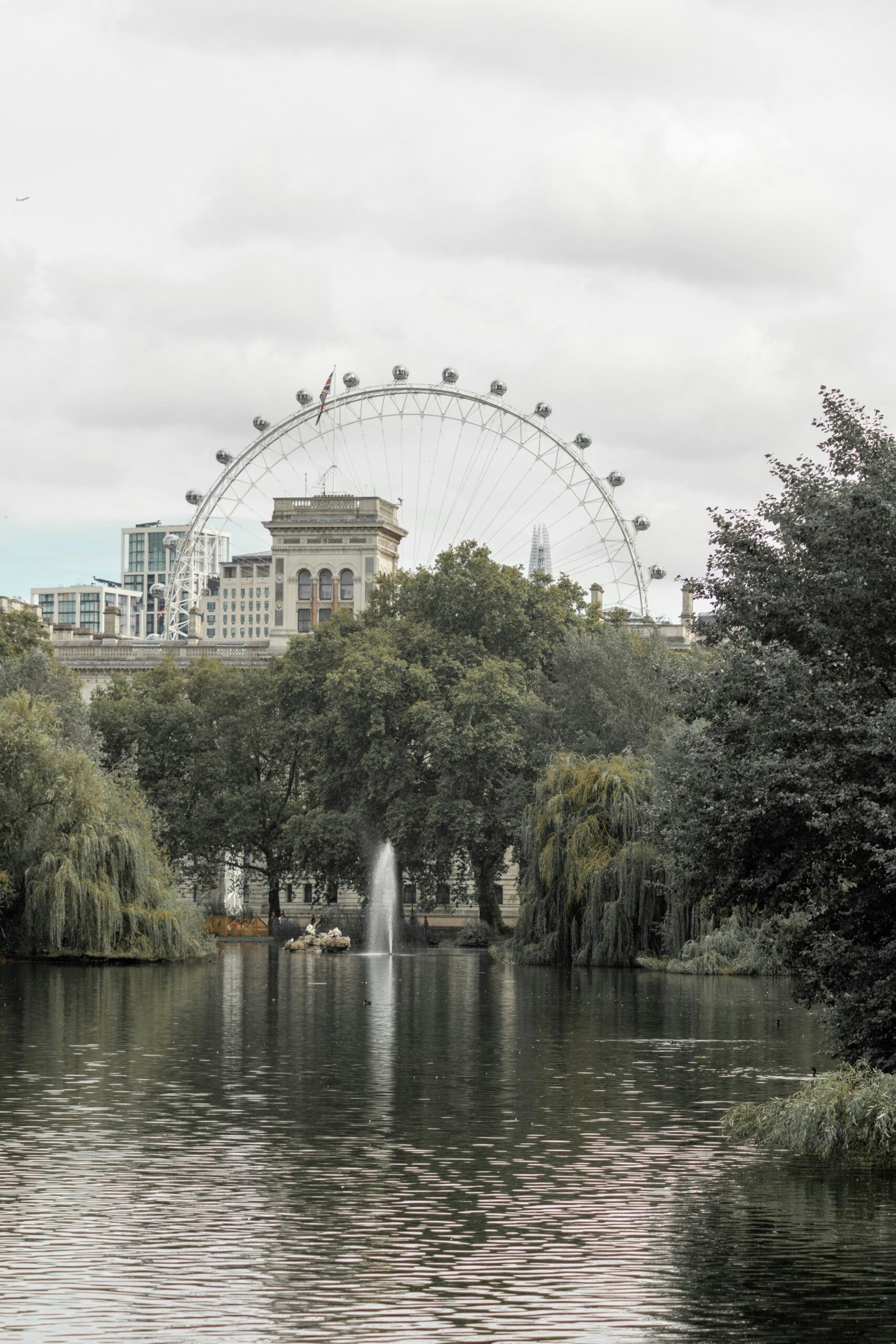Understanding How Bees See Flowers
Bees are fascinating creatures that play a vital role in pollination and the overall health of our ecosystem. They have evolved to see the world in a different way than we do, and this includes how they perceive and interact with flowers. In this article, we will explore the unique vision of bees and delve into the fascinating world of how they see flowers.
The Spectral Sensitivity of Bees
One of the key differences between human vision and bee vision lies in the range of colors that we can perceive. While humans can see a wide spectrum of colors, bees have a more limited range. Bees are most sensitive to ultraviolet (UV) light, which is invisible to the human eye.
This ability to see UV light is crucial for bees when it comes to finding and identifying flowers. Many flowers have UV patterns on their petals, which are invisible to us but act as beacons for bees. These patterns guide bees towards the nectar and pollen-rich rewards that flowers offer.
Interestingly, some flowers have evolved to have patterns that are only visible in UV light. These hidden patterns serve as landing strips for bees, helping them navigate and land on the flower with precision. This co-evolution between bees and flowers highlights the intricate relationship between these two organisms.
Perceiving Patterns and Shapes
Bees have an impressive ability to perceive patterns and shapes, which is crucial for their foraging success. They can detect and recognize complex floral patterns, allowing them to quickly identify flowers that offer the most abundant nectar and pollen resources.
Research has shown that bees are particularly attracted to flowers with certain shapes, such as tubular or funnel-shaped blossoms. These shapes provide easy access to the nectar, allowing bees to efficiently extract the reward. Flowers with flat or shallow shapes, on the other hand, may be less appealing to bees as they require more effort to access the nectar.
Furthermore, bees are highly sensitive to motion. They can perceive even the slightest movement, making them excellent at detecting the presence of potential predators or competitors near flowers. This sensitivity to motion helps bees make quick decisions about whether it is safe to approach a particular flower or if they should move on to another one.
Discerning Nectar Guides
Nectar guides are visual patterns or markings on flowers that direct pollinators towards the nectar-producing parts of the flower. These guides are typically lines or dots that serve as visual cues for bees.
Bees have the ability to perceive and interpret these nectar guides, which helps them efficiently locate the nectar source within a flower. The guides may be in a contrasting color to the rest of the flower, making them more visible to bees. Some flowers even have guides that are only visible in UV light, further enhancing their attractiveness to bees.
Studies have shown that bees can learn and remember the location of nectar guides, allowing them to navigate between flowers more efficiently. This ability to recognize and remember visual cues is crucial for their foraging success and ensures that they can make the most of their limited energy resources.
Conclusion
Bees have a remarkable ability to see and interact with flowers in ways that are vastly different from our own perception. Their sensitivity to UV light, their perception of patterns and shapes, and their ability to discern nectar guides all contribute to their effectiveness as pollinators.
Understanding how bees see flowers not only provides us with insights into the fascinating world of these incredible insects but also highlights the intricate relationship between bees and flowers. By appreciating their unique vision, we can better appreciate the important role that bees play in our environment and take steps to protect and support their populations.
Discover more from Gardening with Ecorganicas: Your Source for Organic Gardening Tips
Subscribe to get the latest posts sent to your email.




